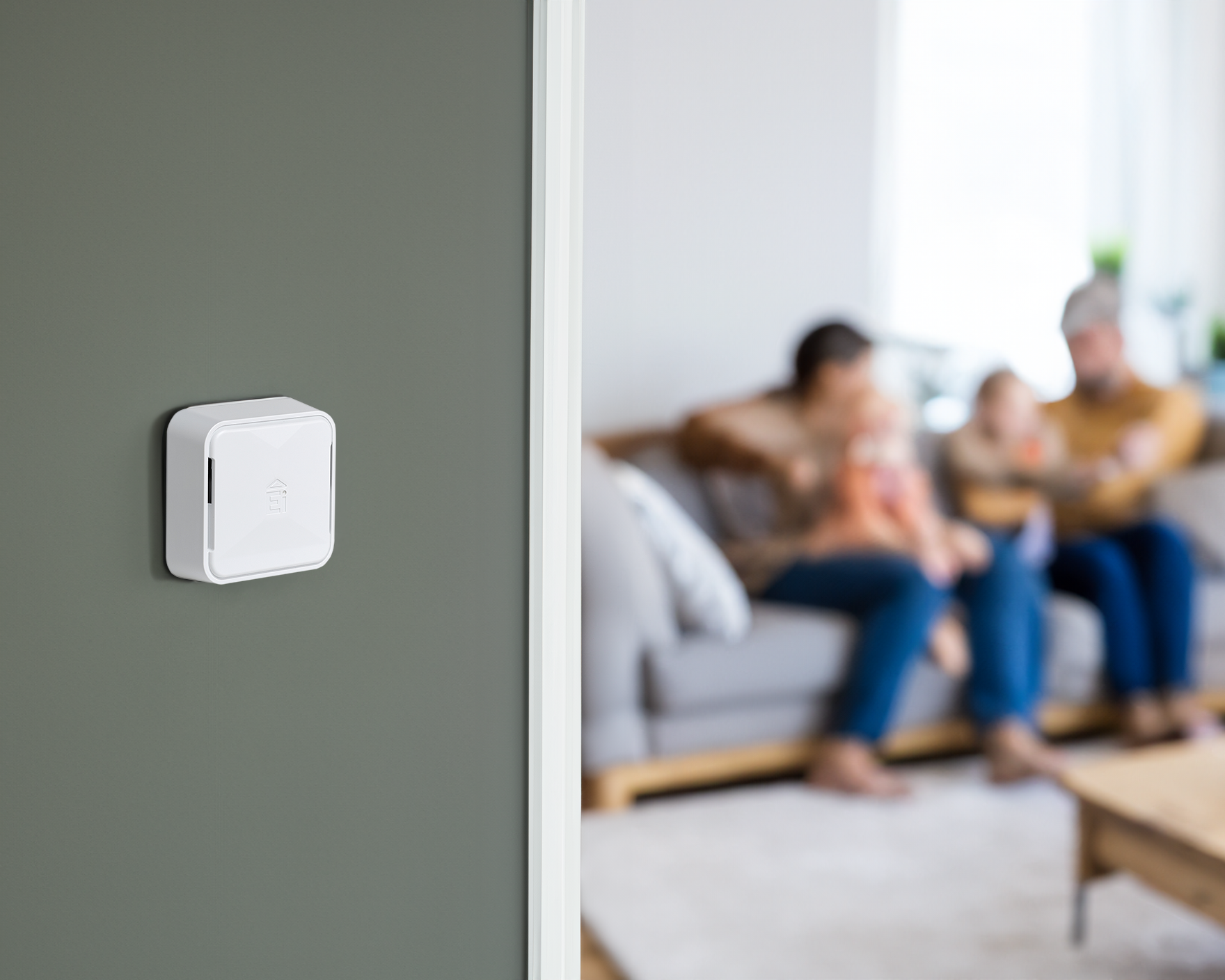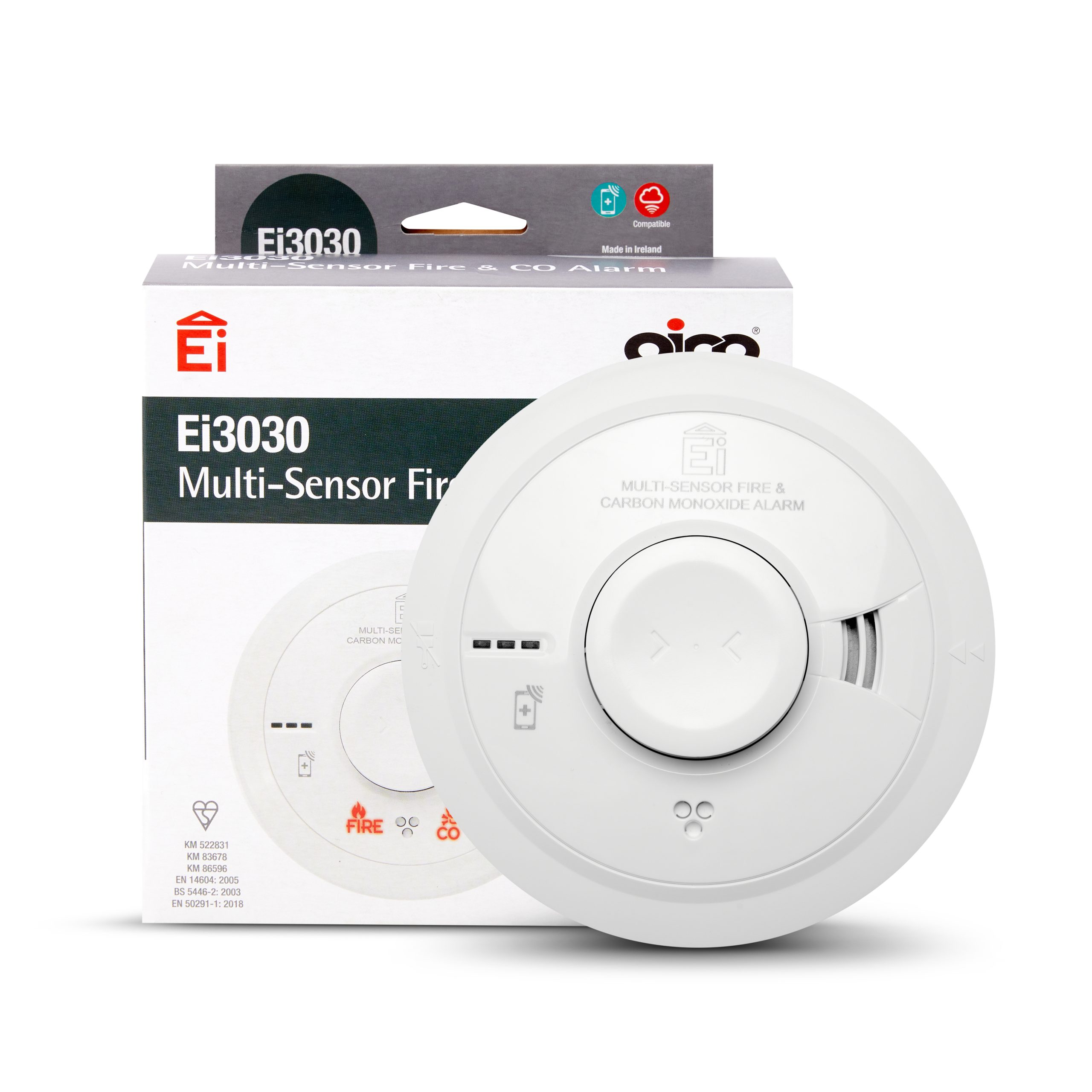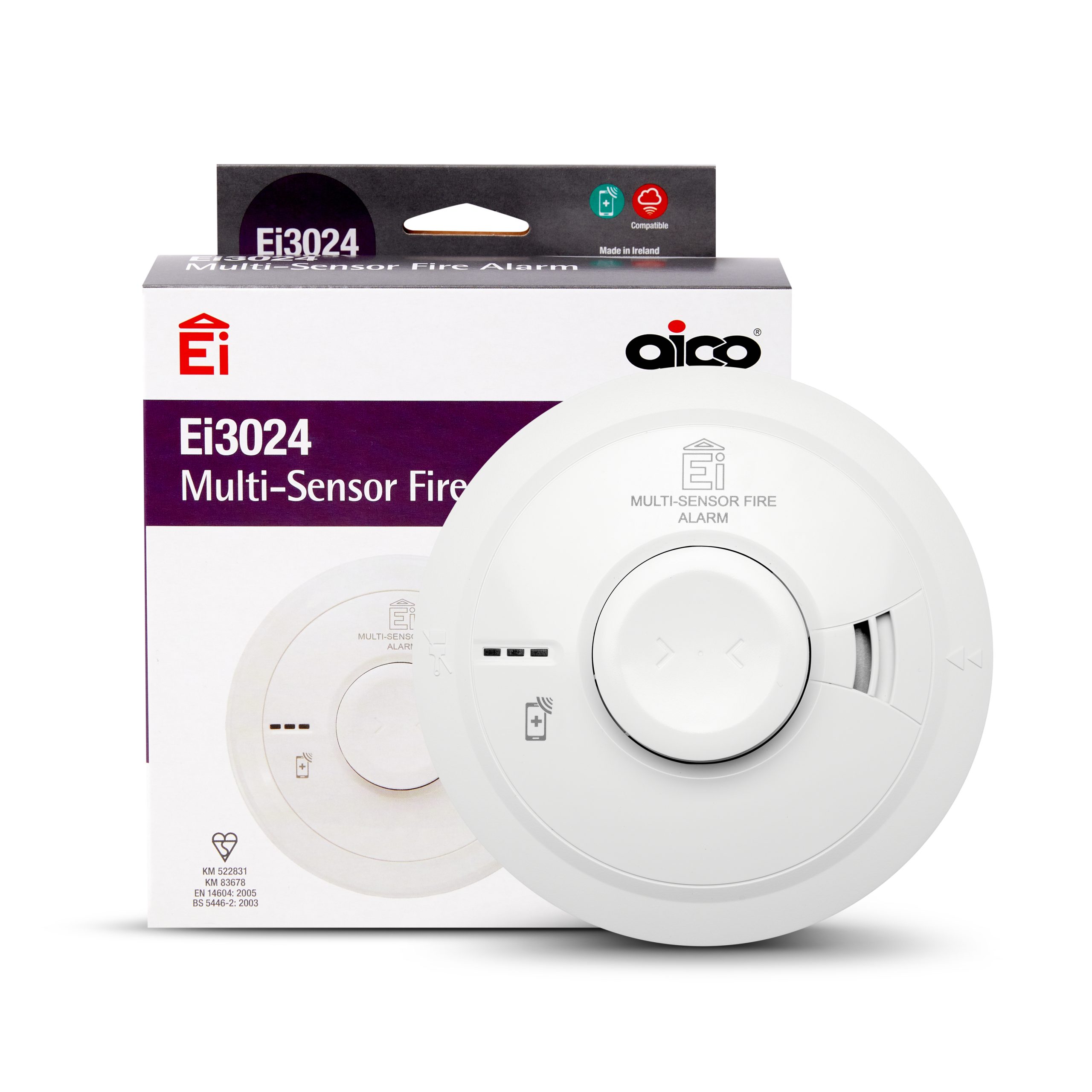Fixed Multi Sensor Environmental Monitoring


Posted On:
18th June 2025
Why Fixed, Multi-Room Environmental Monitoring Is the Smartest Long-Term Investment for Social Landlords
As the social housing sector faces growing pressure to ensure safe, healthy living environments, the importance of environmental monitoring has never been more urgent. Damp and mould, once considered “inevitable” nuisances, are now recognised as serious health risks. With Awaab’s Law taking effect in October 2025, landlords will be required to meet far stricter timeframes and standards when addressing these hazards.
At Aico, we’ve built our Environmental Sensors around one core principle: long-term, in-situ, multi-room monitoring, enabling proactive intervention, not just reactive fixes. It’s this shift toward proactivity that the Housing Ombudsman and Regulator of Social Housing are advocating for, ensuring the delivery of healthy homes across the UK.
Properties Change, So Keep Your Monitoring Constant
Homes are living systems. Their environmental conditions change with the seasons, with how they’re used, and with who lives in them. A single-person household produces very different moisture and ventilation patterns compared to a four-person family with children. That’s not blame, just fact.
Monitoring that captures these real-world dynamics is essential. A fixed network of sensors placed in key risk zones provides continuous, contextual insight into how a property is performing over time, helping landlords to:
- Identify trends before they become complaints
- Understand the impact of repairs or upgrades
- Act within the timeframes they need to
- Build evidence to support decisions and demonstrate action
By contrast, portable sensors offer only a short-term snapshot. Without long-term monitoring, you lose the ability to see slow-developing issues or detect the point of origin. If there’s a problem, you want data that shows what happened before the report came in.
One Sensor Is Not Enough
Some solutions rely on a single environmental sensor per home, typically installed in a central room. While this may appear cost-efficient, it risks overlooking the most vulnerable areas. Moisture and ventilation issues don’t distribute evenly and are often localised to specific rooms, such as bathrooms, kitchens, or primary living spaces. This is reinforced by recommendations in BS40101, the building performance standard, which outlines the need to monitor at least two rooms, and preferably more.
Relying on just one location for insight is like checking one room’s temperature and assuming the whole property is fine. It’s not sufficient for compliance, risk management, or resident wellbeing. The cause of an issue in one room may also originate in another. Without more granular data across the home, identifying the root cause becomes costlier and more time consuming. A multi-room setup provides a comprehensive view of a property’s performance. This is the foundation for spotting issues early, staying ahead of complaints, and enabling landlords to “find their silence” through evidence rather than assumptions.
Proactive Monitoring Means Fewer Surprises
The case for fixed sensors isn’t just about compliance. It’s about being in control. Portable systems might look flexible, but they often bring hidden costs:
- Time lost moving sensors from home to home
- Gaps in monitoring, leading to incomplete insight
- Higher chances of disruption or accidental interference
- Increased admin burden from managing equipment rotation
When sensors are permanently and securely installed, they become an unobtrusive, always-on source of truth. That’s what enables predictive maintenance, informed retrofit planning, and assurance that you know the condition of your stock.
A robust monitoring system should be resilient to day-to-day realities. That means staying operational regardless of who lives in the property, how long they stay, or whether someone forgets to plug something back in. Long-term monitoring also enables landlords to adopt a zero tolerance approach to environmental risks. The insight gained from sensor data gives landlords a strong understanding of conditions within a home, enabling more targeted intervention and a shorter duration between notice of a hazard and its resolution.
A Future-Proof Foundation
With increasing scrutiny on how social housing providers manage indoor environmental quality, the need for continuous, contextual, property-wide data is only growing. This gives landlords what they need to shift their approach, providing tools to respond intelligently and efficiently to meet requirements.
As Awaab’s Law approaches, social landlords won’t just be judged on outcomes but on their overall response, including the processes they implement, and how these contribute to improving the lives of their residents
Final Thought: Long-Term Insight Wins
Other approaches to environmental monitoring leave too many blind spots and could result in duplication of effort. In contrast, multi-room, long-term monitoring provides landlords with the visibility and confidence needed to manage risk, protect residents, and ultimately improve their homes.
The sector is moving toward proactive accountability – staying ahead means investing in systems that let you act before problems escalate.





